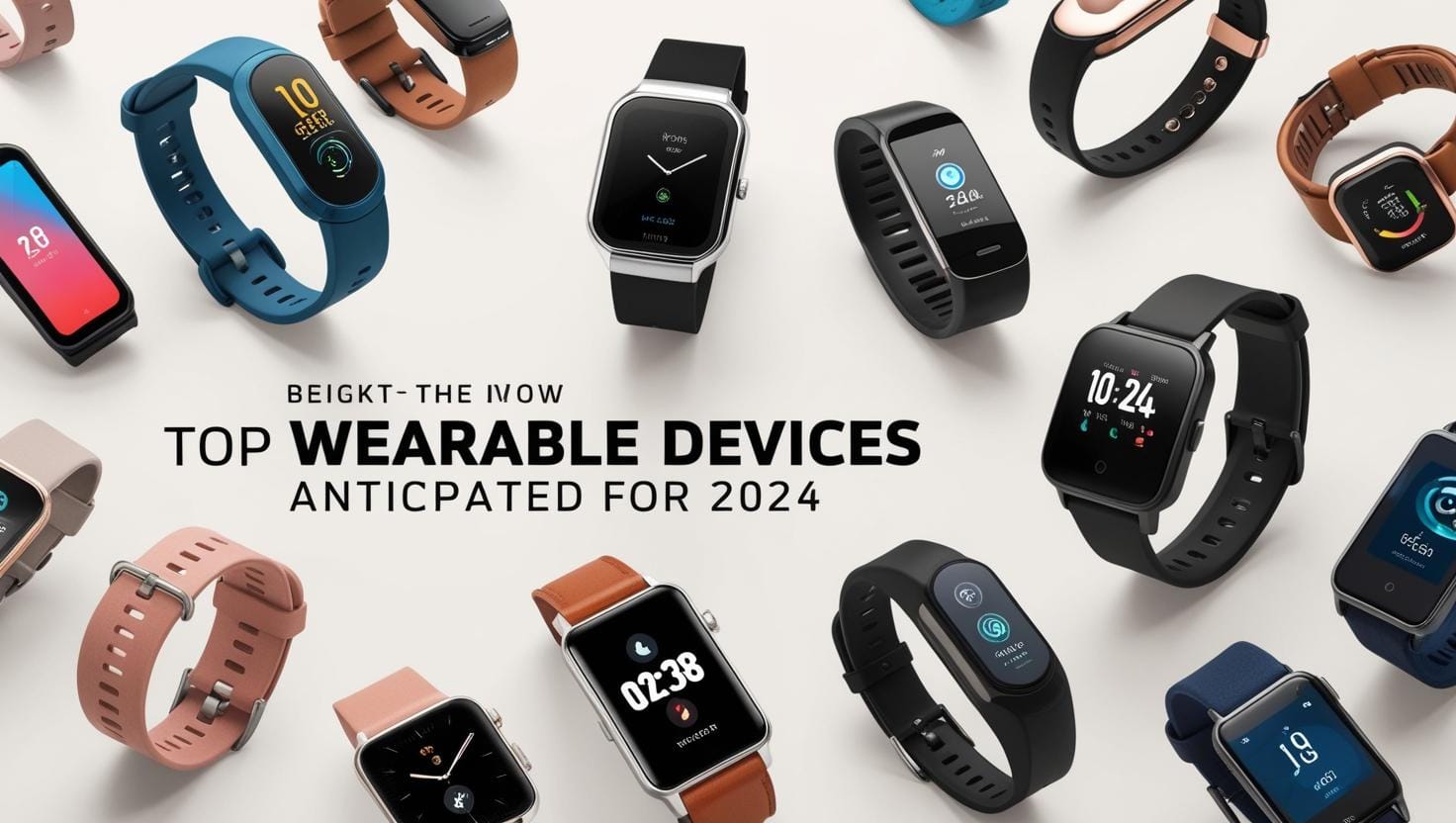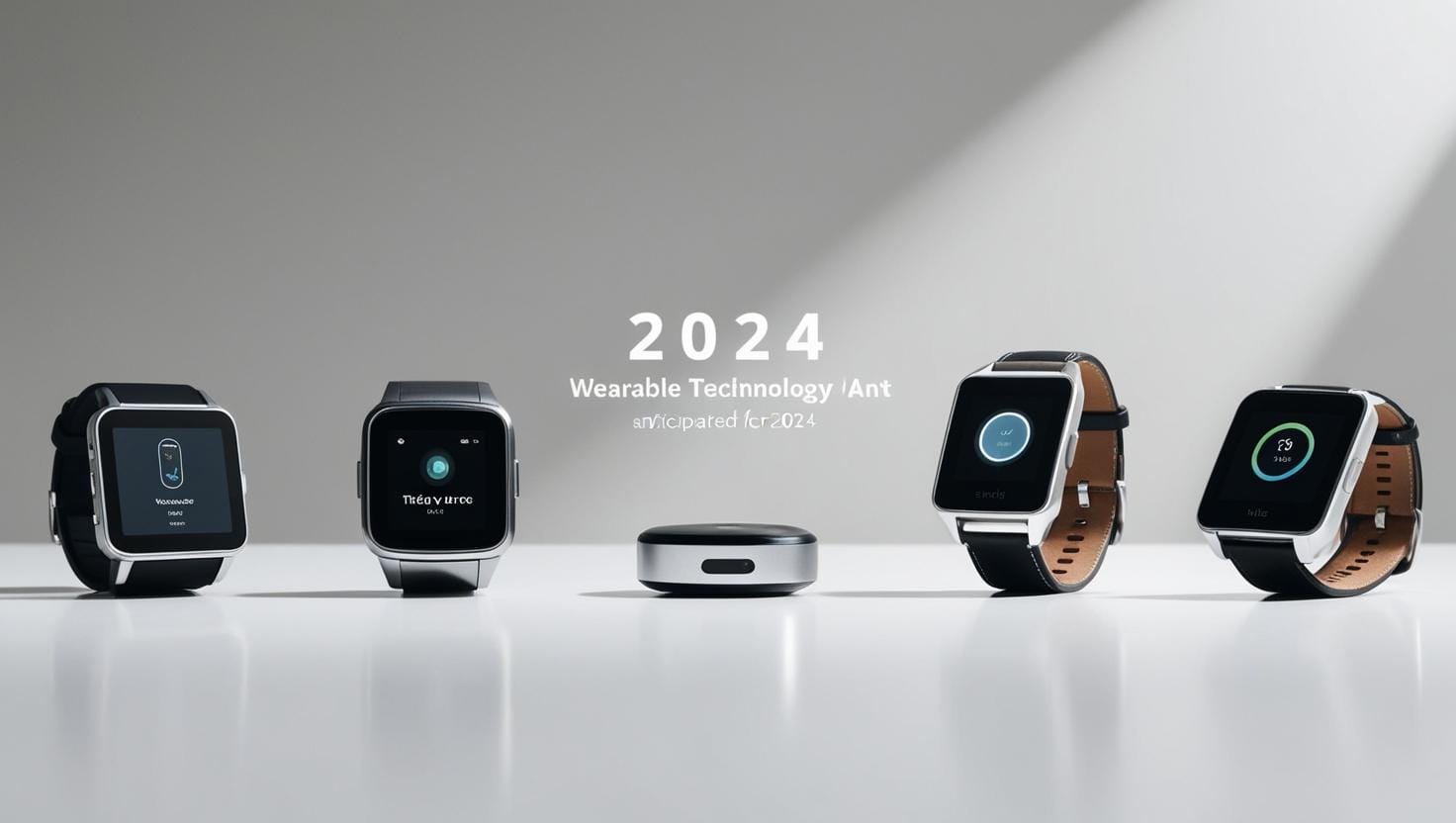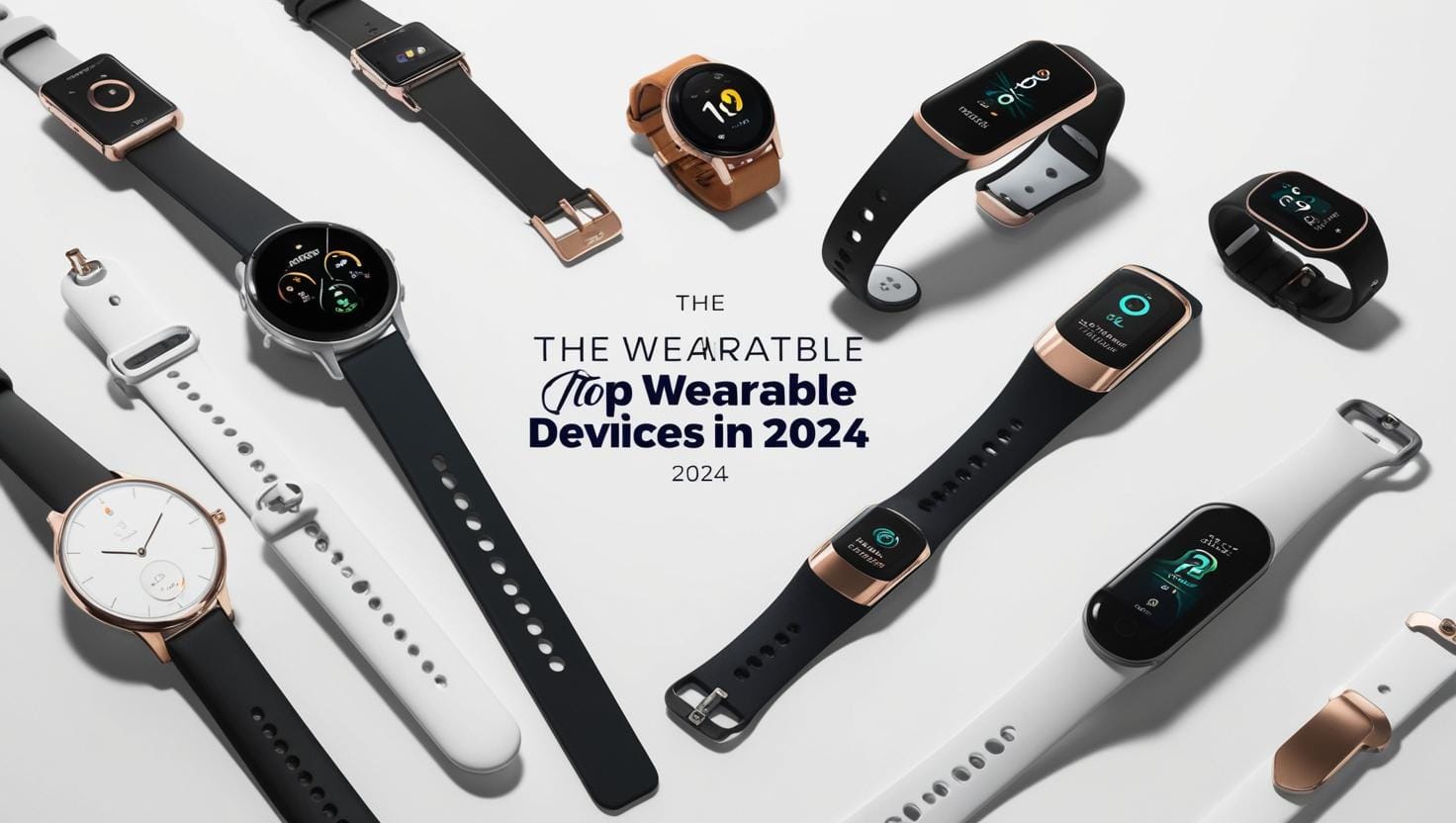The Future of Space Exploration: Key Innovations Shaping Our Journey Beyond Earth
The quest for deeper understanding and exploration of space has driven human curiosity for decades. Recent innovations are reshaping our journey beyond Earth, promising a future brimming with possibilities. Here are some key innovations that are setting the stage for the next era of space exploration.
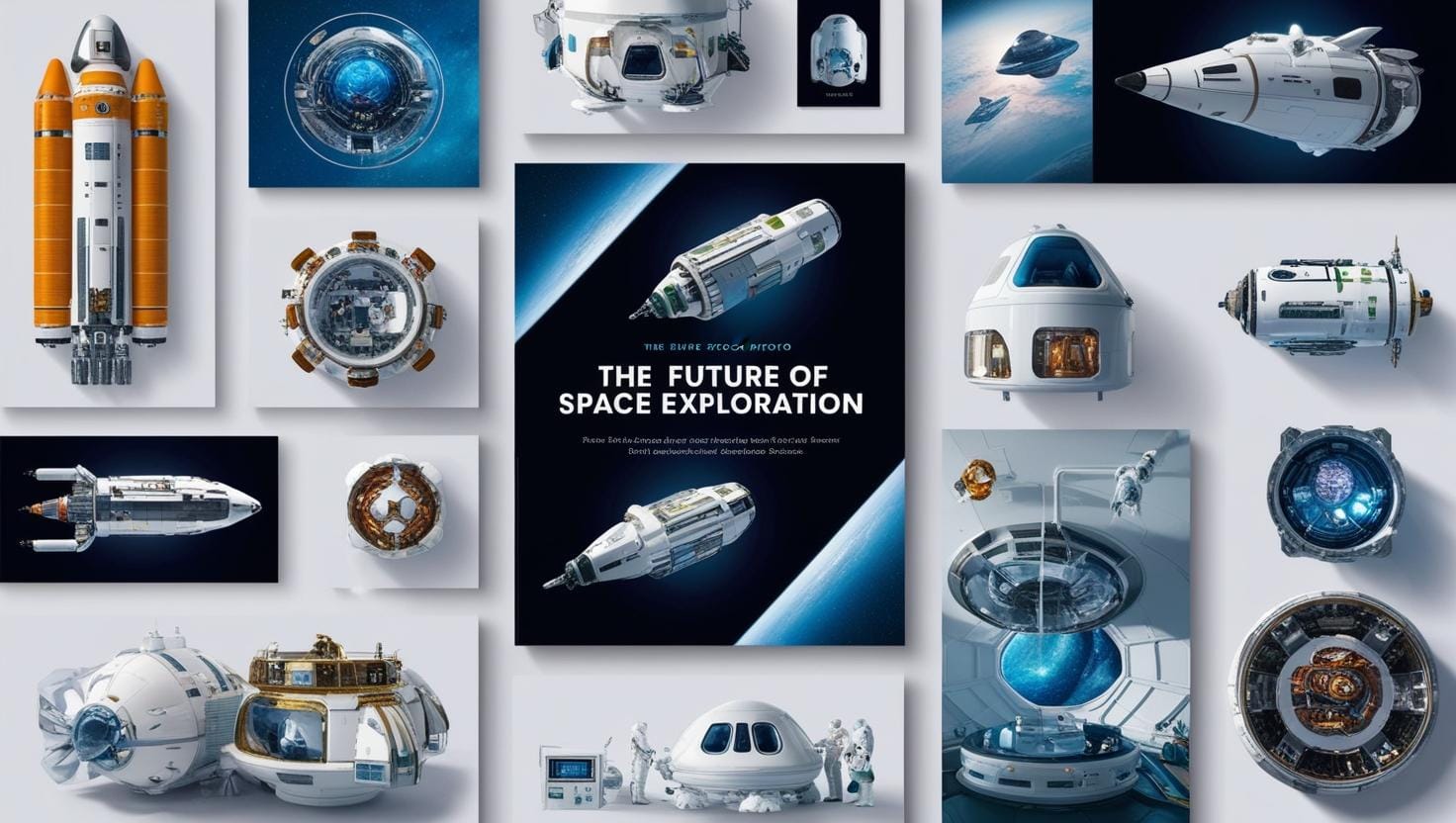
Reusable Rockets
SpaceX has revolutionized the space industry with its reusable Falcon 9 and Falcon Heavy rockets. This innovation allows rockets to be flown multiple times, substantially reducing the cost of access to space. As these technologies develop further, we can expect even greater launches at lower costs which will invite a wider range of missions.
Advanced Propulsion Technologies
Future missions will benefit from advanced propulsion systems, significantly reducing travel times to distant destinations. Consider the following innovations:
- Ionic Engines: These engines use electricity to accelerate ions, crafting efficient thrust. Projects like NASA’s Deep Space One have already tested this technology successfully.
- Nuclear Thermal Propulsion: This system can potentially double the speed of spacecraft, making crewed missions to Mars more feasible than ever.
3D Printing in Space
The ability to manufacture tools and parts directly in space is a game-changer. With technologies like NASA’s 3D printing initiatives, astronauts can print items directly on the International Space Station (ISS), reducing the need to send everything from Earth. This capability fosters sustainability on long missions, allowing crews to tackle repairs without waiting for deliveries.
Artificial Intelligence (AI) and Robotics
The integration of AI is ushering in an era of autonomous systems capable of performing tasks and making decisions without human intervention. Factors such as:
- Robotic Explorers: Rovers like NASA’s Perseverance are equipped with AI to navigate complex terrains on other planets.
- Spacecraft Monitoring: Autonomous systems can manage spacecraft health, significantly increasing mission safety and efficiency.
Space Habitats
As humanity plans missions lasting months or even years, innovations in space habitats are essential. Concepts like Mars Base Camp focus on creating sustainable living conditions for crew members. Key features include:
- Closed-Loop Systems: Habitats will recycle everything from water to air, minimizing reliance on Earth.
- Agricultural Technologies: Space farming systems are under development to provide fresh food grown in space.
Interplanetary Internet
Communication is crucial in space exploration. The development of a reliable interplanetary internet aims to improve data transfer between Earth and other planets. This innovation will secure the future of human exploration by:
- Reducing Signal Delay: Advanced communication arrays can provide clearer transmissions across vast distances.
- Increased Bandwidth: Higher data rates will facilitate complex operations and data sharing between missions.
Public-Private Partnerships
The collaboration between governmental agencies and private enterprises has created a flourishing ecosystem for innovation in space. With organizations like NASA and SpaceX, this partnership fosters financial investment in space research and development, paving the way for groundbreaking advancements.
Planetary Defense Systems
As we extend our reach into the cosmos, it becomes vital to protect Earth from potential threats, such as asteroids. Innovations include:
- Deflection Technologies: Missions like NASA’s DART (Double Asteroid Redirection Test) aim to test methods to redirect asteroids on a collision course with Earth.
| Innovation | Impact on Exploration |
|---|---|
| Reusable Rockets | Cost reduction for launches |
| Advanced Propulsion Technologies | Faster space travel times |
| 3D Printing | On-demand manufacturing in space |
| AI and Robotics | Autonomous exploration and monitoring |
| Interplanetary Internet | Enhanced communication for missions |
As these innovations evolve, they not only promise to enhance our missions but also to inspire future generations. We stand on the brink of a new age in space exploration, with each advancement bringing us closer to understanding our universe.
How Private Companies are Revolutionizing Space Travel
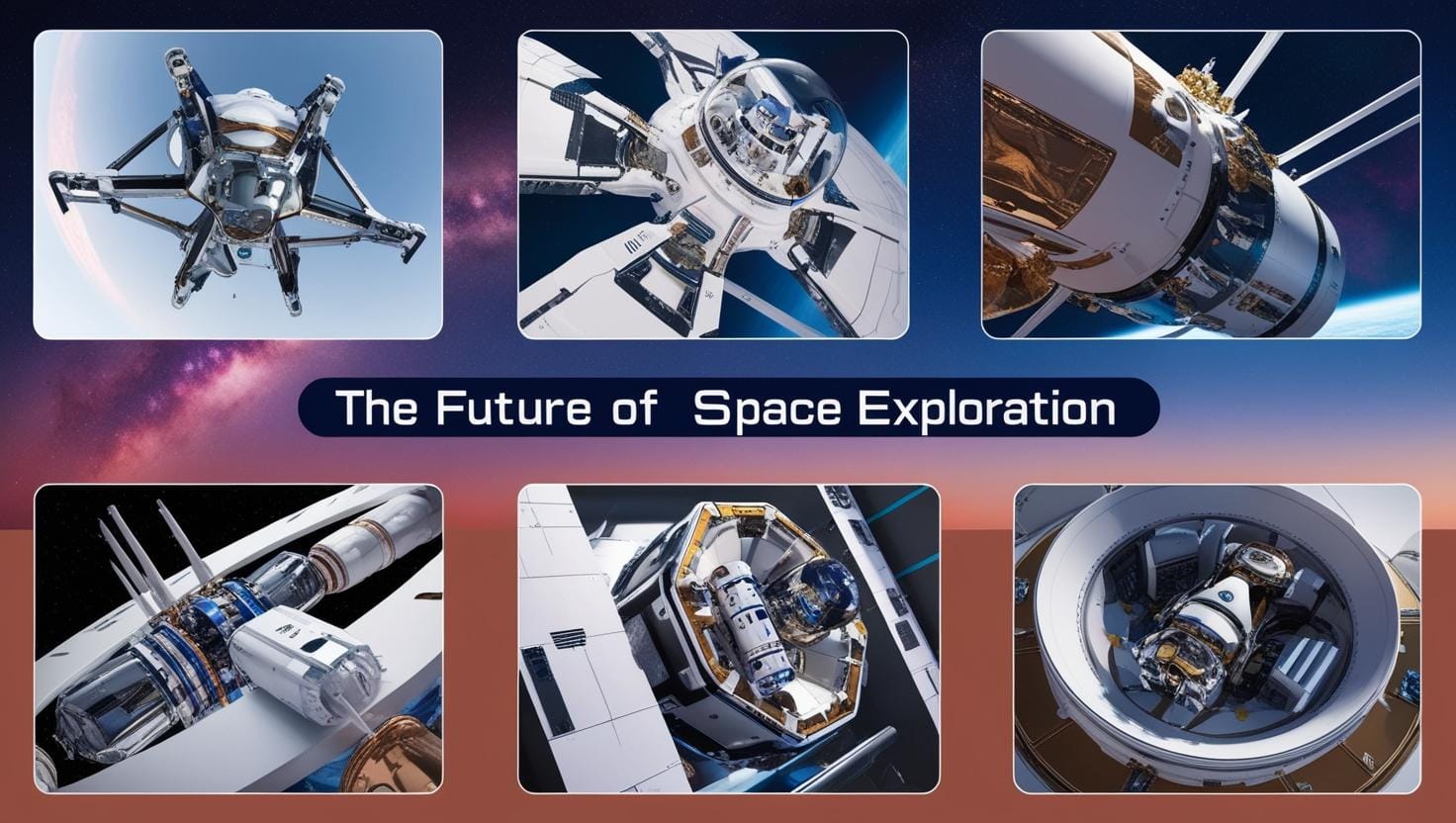
Space travel has undergone a significant transformation in recent years, thanks to the relentless efforts of private companies. These players are breathing new life into the industry and redefining what is possible beyond our atmosphere. Here’s a closer look at how private companies are revolutionizing space travel.
Key Players in the Space Industry
Several key companies are leading the charge in the privatization of space travel. Each of them brings unique innovations to the table:
- SpaceX: Founded by Elon Musk, SpaceX is renowned for its reusable rocket technology, dramatically cutting the cost of space launches. Its Falcon 9 and Falcon Heavy rockets have paved the way for commercial missions and missions to the International Space Station (ISS). Learn more about their missions on the SpaceX website.
- Blue Origin: Jeff Bezos’ Blue Origin focuses on reusable rocket technology as well, with its New Shepard system designed for suborbital tourism. Blue Origin aims to increase access to space for civilians. Check out their advancements at the Blue Origin website.
- Virgin Galactic: Sir Richard Branson’s endeavor enables space tourism for the wealthy. The company has developed SpaceShipTwo, which carried Branson himself to the edge of space. Their vision is to make space accessible for everyone. Explore more on the Virgin Galactic website.
Innovations Shaping the Future of Space Travel
These companies are introducing innovative technologies and concepts that stand to reshape space exploration as we know it.
- Reusable Rockets: The centerpiece of modern space travel innovation is reusable rockets. By landing rockets back on Earth, companies can drastically reduce the cost of launching payloads into orbit. SpaceX has demonstrated this technology multiple times, making it a game-changer.
- 3D Printing: Using 3D printing for rocket and spacecraft components reduces both material waste and time. Companies are able to quickly iterate designs and develop custom parts on demand. This technology promises more flexible and innovative designs.
- In-Situ Resource Utilization (ISRU): This concept involves using resources found on celestial bodies rather than transporting everything from Earth. For example, extracting water from the Moon can aid in long-term habitation. This innovation is key for future Mars colonization efforts.
Promoting Space Tourism
Space tourism is no longer a science fiction dream but an impending reality. With companies like Virgin Galactic leading the way, a new wave of travelers can soon experience space firsthand.
- Suborbital Flights: Companies like Blue Origin and Virgin Galactic offer passengers a brief glimpse of space, where they can experience weightlessness for a few minutes.
- Orbital Missions: SpaceX is moving toward orbital missions for civilian flight, allowing ordinary people to experience sustainable weightlessness and a beautiful view of Earth from afar.
- Future Developments: Upcoming developments aim for full-fledged hotels and habitats in orbit. The ambitious plans of companies suggest a future where spending a vacation in space could be quite common.
Collaborative Efforts with Governments and Agencies
Private companies are increasingly collaborating with government agencies like NASA. This symbiotic relationship helps push technology further and opens doors that were previously barred.
- Commercial Crew Program: NASA’s partnership with SpaceX and Boeing aims to transport astronauts to the ISS using commercial rockets, which will enhance research and technology development.
- Data Sharing: Data sharing between government and private sectors enhances the capabilities of both and helps develop technology that can be beneficial for planetary exploration.
The Economic Impact of Private Space Travel
The rise of private companies in the space sector is not just about technological advancement but also economic growth. As more companies enter the market, various economic benefits arise:
- Job Creation: The growing space industry is creating thousands of jobs in engineering, manufacturing, and research.
- New Markets: Innovations are opening new markets, such as space tourism and asteroid mining, which are expected to drive significant revenue.
- Investment Opportunities: The booming space sector provides investors with opportunities to fund new technologies and startups.
With private companies leading the way, the future of space travel looks brighter than ever. Their relentless drive for innovation, combined with the collaborative spirit of governmental agencies, promises a new era of exploration beyond our blue planet. The key innovations brought forth by these private entities are not only redefining space travel but also inspiring future generations to look to the stars.
The Role of Artificial Intelligence in Upcoming Space Missions
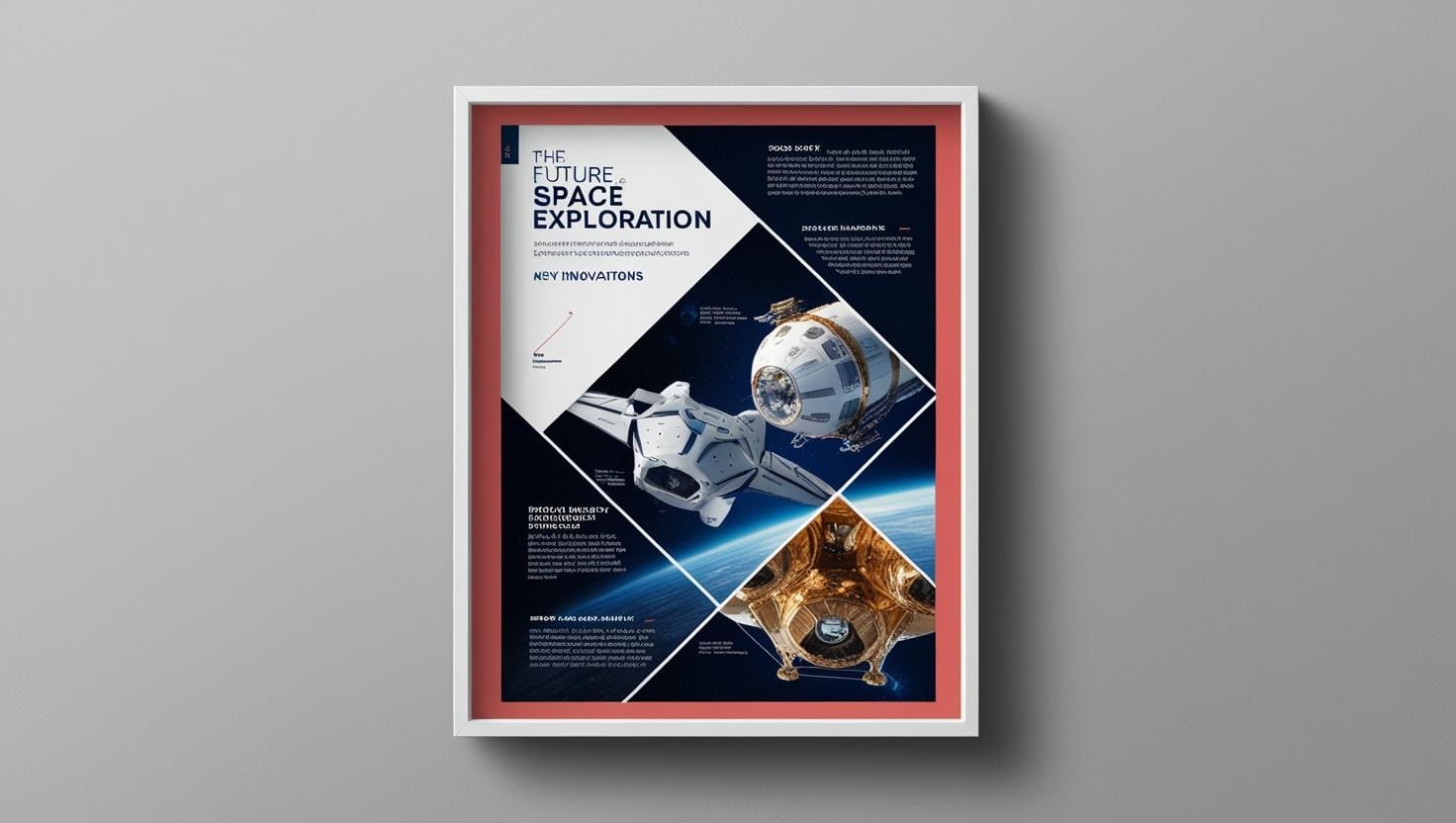
As we journey deeper into the cosmos, one of the most transformative forces reshaping upcoming space missions is artificial intelligence (AI). The role of AI in space exploration is not just a futuristic concept but a present-day reality, driving efficiency and innovation. Below, you will discover how AI is revolutionizing various aspects of space missions.
1. Autonomous Navigation
AI enhances spacecraft navigation systems, allowing them to operate independently. Traditional navigation relies heavily on human input and pre-defined routes. AI equips spacecraft with the ability to make real-time decisions based on environmental data. This results in:
- Improved Safety: AI can analyze potential hazards and avoid them, reducing risks during missions.
- Increased Efficiency: AI forecasts the best routes, optimizing fuel consumption and travel time.
2. Data Analysis and Processing
Space missions generate vast amounts of data. Analyzing this information efficiently is critical. AI algorithms can sift through massive datasets quickly, extracting valuable insights. Some key benefits include:
- Faster Discoveries: AI speeds up the identification of celestial phenomena, enabling timely scientific breakthroughs.
- Pattern Recognition: Machine learning models can identify trends missed by human scientists, providing deeper insights into cosmic events.
3. Robotics and Exploration
AI plays a crucial role in robotic exploration, particularly on Mars and other celestial bodies. Robotic rovers, equipped with AI, are capable of performing complex tasks and executing scientific experiments autonomously. Consider these aspects:
- Autonomous Operations: Rovers can function without waiting for commands from Earth, enabling them to cover more ground and extend their operational hours.
- Real-Time Decision-Making: AI allows rovers to assess their surroundings and respond to unexpected challenges, such as navigating obstacles or analyzing soil samples.
4. Enhancing Communication
In space, communication delays can last up to 20 minutes, making timely exchanges difficult. AI can help overcome this barrier by:
- Optimizing Data Transmission: AI algorithms determine the best time and method for sending data back to Earth, maximizing bandwidth usage.
- Interference Management: AI systems can proactively identify and mitigate issues affecting signal strength, maintaining connectivity.
5. Improving Astronaut Safety
The well-being of astronauts is paramount. AI technologies enhance safety measures through:
- Health Monitoring: AI can continuously analyze astronaut health data, identifying potential issues before they escalate.
- Emergency Response: In crisis situations, AI systems can recommend immediate actions, leveraging historical data and predictive analytics.
6. Mission Planning and Simulation
Effective mission planning is vital for successful space exploration. AI assists agencies like NASA in developing robust mission strategies by:
- Simulation Models: AI creates realistic simulations, helping mission planners anticipate challenges and devise solutions.
- Resource Management: AI optimizes the allocation of resources, ensuring that missions remain within budget and on schedule.
7. The Future of AI in Space Exploration
The future of AI in space exploration holds enormous potential. As technology evolves, the integration of AI will likely lead to:
- Human-AI Collaboration: AI may work alongside astronauts, assisting them in scientific research and decision-making.
- Interplanetary Missions: Advanced AI systems could enable long-duration missions to distant planets and moons, enhancing exploration capabilities.
The impact of artificial intelligence on upcoming space missions is profound. From autonomous navigation to enhancing astronaut safety, AI is paving the way for a new era in space exploration. This innovative technology ensures that we are better equipped to face the unknown. For more information on the role of AI in space exploration, visit NASA and SpaceX.
| AI Application | Benefit |
|---|---|
| Autonomous Navigation | Increased safety and efficiency |
| Data Analysis | Faster scientific discoveries |
| Robotic Exploration | Enhanced mission capabilities |
| Communication Enhancement | Improved data transmission |
| Astronaut Safety | Better health monitoring |
| Mission Planning | Effective resource management |
With continuous advancements in AI, our understanding and exploration of the universe will reach new heights. The integration of these technologies will not only optimize missions but may also unveil mysteries beyond our imagination.
Innovations in Spacecraft Design for Long-Duration Missions
The vision for long-duration space missions, such as journeys to Mars or beyond, requires innovative advancements in spacecraft design. These innovations not only aim to enhance human safety but also strive to improve the overall experience for astronauts during their extended stay in space. Here are some key innovations that are reshaping spacecraft design for longer missions.
1. Advanced Life Support Systems
Life support systems are crucial for sustaining life in space. Recent advancements are focused on creating self-sustaining ecosystems that recycle air, water, and waste effectively. Key developments include:
- Closed-loop systems: These systems use biological processes to purify water and recycle oxygen. Research from NASA has led to innovative designs that mimic Earth-like life cycles.
- Hydroponics and Aeroponics: Growing food in space becomes feasible with these techniques. They utilize less water and space compared to traditional farming.
2. Radiation Protection
One of the significant risks for long-duration missions is cosmic radiation. Innovations in shielding materials aim to keep astronauts safe. Notable strides include:
- Polyethylene-based materials: These materials provide better shielding against radiation than traditional aluminum, effectively reducing exposure levels.
- Magnetic fields: Some researchers are exploring the use of artificial magnetic fields to deflect harmful cosmic rays.
3. Modularity in Design
Modular spacecraft designs allow for flexibility and adaptability during missions. Innovations in modularity come with several benefits:
- Interchangeable components: Different modules can be easily replaced or adjusted as missions evolve, promoting efficiency.
- Scalability: This allows missions to expand in size or capability without the need for an entirely new design.
4. Autonomous Systems
With long missions away from Earth, autonomy becomes increasingly vital. Key advancements include:
- Artificial Intelligence (AI): AI can assist in navigating, troubleshooting, and controlling various spacecraft systems without immediate input from Earth.
- Robotic assistance: Robots can perform repairs and maintenance, reducing the workload on astronauts and enhancing safety during long missions.
5. Propulsion Technology
Innovative propulsion systems not only reduce travel time but also improve energy efficiency. The latest developments consist of:
- Ionic propulsion: This system offers a highly efficient alternative to traditional propulsion, enabling longer missions with less fuel.
- Nuclear thermal propulsion: A promising technology that could reduce journey times to Mars significantly, making it a focal point for future designs.
6. Human-Centric Design
Transforming the living environment for astronauts is key to sustaining mental and physical health. Innovations include:
- Noise reduction systems: These systems ensure a quieter and more serene environment, crucial for long missions.
- Ergonomic designs: Improved habitats and workstations are designed for better comfort and usability during extended operations.
7. 3D Printing Technology
3D printing plays a transformative role in the spacecraft design for long-duration missions. Noteworthy applications include:
- On-demand manufacturing: Astronauts can produce tools and spare parts instead of relying on resupply missions from Earth.
- Bioprinting: Potential future applications may include bioprinting living tissues to aid in medical situations during missions.
8. Collaborative International Missions
The future of long-duration space missions is also about cooperation among nations. Collaborative designs can lead to shared resources and expertise. In this regard:
- Shared technology: Countries can pool their innovative designs and technologies, improving overall mission success rates.
- Joint missions: Organizations like NASA, ESA, and others are actively working together on deep space exploration efforts.
These innovations in spacecraft design are not just theoretical; they are actively being researched and implemented for future missions. You can delve deeper into this exciting field through resources like NASA’s technology initiatives and Space.com, where ongoing advancements and projects are regularly documented.
With these innovations, humanity is set to embark on one of its most ambitious adventures: long-duration space missions that could extend our reach into the cosmos and pave the way for mankind’s future beyond Earth.
Exploring Sustainability: Future Habitats on Other Planets
As humanity looks to the stars and prepares for potential life beyond Earth, the concept of sustainability in extraterrestrial habitats becomes critical. Here are some of the leading thoughts and innovations driving this ambitious goal forward.
1. Mars as a Living Environment
One primary focus for future habitats is Mars, with its similarities to Earth making it a prime candidate. Innovative technologies aim to create settings where humans can not only survive but thrive. Key considerations include:
- In-Situ Resource Utilization (ISRU): This involves utilizing Martian resources, such as extracting water from the soil or producing oxygen from carbon dioxide, reducing the need to bring supplies from Earth.
- Habitat Design: Future habitats will likely focus on building structures that use materials readily found on Mars, such as regolith, to create more sustainable living quarters.
2. Advanced Agricultural Innovations
Food is essential for any long-term mission. Innovations in agriculture will allow space explorers to grow crops in controlled environments:
- Hydroponics: This method allows plants to grow in nutrient-rich water instead of soil, optimizing space and resource use.
- Aeroponics: A step further, this technique uses mist to deliver nutrients, ensuring minimal resource wastage while maximizing growth.
3. Closed-Loop Life Support Systems
Implementing closed-loop life support systems ensures that humans can recycle essential resources:
- Water Recycling: Systems will treat and reuse wastewater.
- Air Purification: Technologies are being developed to scrub carbon dioxide from the air and produce breathable oxygen.
4. Renewable Energy Sources
Energy sustainability is key for habitats beyond Earth. Here are some promising sources:
- Solar Power: Mars receives sunlight, allowing the use of solar panels to generate energy.
- Nuclear Energy: Small modular reactors are being explored to provide a stable energy supply without reliance on solar energy alone.
5. 3D Printing for Construction
3D printing technology holds immense potential for building habitats on other planets:
- Material Efficiency: Using local materials minimizes the need to transport heavy supplies from Earth.
- Rapid Construction: This technology allows for quick production of necessary structures, adapting designs as required.
6. Biodomes for Sustainable Living
Creating biodomes simulates Earth-like conditions which helps maintain ecosystem balance:
- Microbial Management: Utilizing beneficial bacteria can recycle nutrients effectively.
- Habitability Testing: Scientists are experimenting with various designs to evaluate their effectiveness in sustaining life.
7. International Collaboration
The future of space habitats hinges on collaboration. Countries must unify efforts and share resources. Some motivations include:
- Pooling resources allows for more significant advancements while spreading the costs.
- Sharing technology and research can accelerate innovative solutions that promote sustainability.
8. Ethical Considerations
As we build habitats beyond Earth, distinct ethical questions arise:
- Environmental Impact: Must consider how human presence affects other planets.
- Preservation of Potential Life Forms: Respecting undiscovered ecosystems and minimizing disruption.
For more insights about sustainable planetary exploration and specific technologies being used, check out the information available at NASA or European Space Agency.
| Innovation | Advantage |
|---|---|
| Hydroponics | Space efficient food production |
| Nuclear Energy | Stable energy supply |
| 3D Printing | On-site construction |
| ISRU | Reduced supply needs from Earth |
With continuous innovation and a commitment to sustainability, humanity may create a viable future not only on Mars but throughout the cosmos. The dream of exploring other planets could soon transition into a reality where we establish impactful and sustainable habitats.
Key Takeaway:
As we stand on the brink of a new era in space exploration, several key innovations are crucially shaping our journey beyond Earth. The future of space exploration is not just about what we will discover among the stars, but how we will get there and sustain our presence in the cosmos.
One of the most transformative elements in this new chapter is the role of private companies in revolutionizing space travel. Players like SpaceX, Blue Origin, and Virgin Galactic are breaking traditional barriers, making space more accessible than ever. These companies are developing reusable rocket technology, which drastically reduces the cost of launching missions into orbit. As a result, we are witnessing an increase in satellite deployment, space tourism, and an overall expansion of human activity beyond our planet. This shift is essential for paving the way to deeper space missions and establishing extraterrestrial settlements.
Artificial Intelligence (AI) will play a pivotal role in upcoming space missions. AI can analyze vast amounts of data, assist in navigation, and aid in decision-making processes during critical moments. This technology can enhance mission safety and efficiency while the autonomous capabilities of AI systems promise to alleviate the burden on astronauts, allowing them to concentrate on more complex tasks and scientific research. As we move towards missions to Mars and beyond, the integration of AI will help us operate in environments that are harsh and unpredictable.
Additionally, innovations in spacecraft design will facilitate long-duration missions. Companies are rethinking how we build spacecraft to ensure that they can support crews for extended periods. This includes advanced life support systems, improved radiation shielding, and sustainable habitat designs that mimic Earth-like conditions. Sustainability becomes even more critical when we consider future habitats on other planets. New technologies aim to create self-sustaining ecosystems using in-situ resource utilization (ISRU), which will be essential for human survival on Mars or the Moon.
The future of space exploration is being shaped by these key innovations: the rise of private space travel, the integration of AI, advanced spacecraft design, and sustainable extraterrestrial habitats. Together, these developments promise to transform our capabilities and ensure that humanity can thrive beyond Earth, opening new horizons and possibilities for generations to come.
Conclusion
As we look toward the horizon of space exploration, it’s clear that innovation will be at the forefront of our journey beyond Earth. The rising influence of private companies is reshaping not only how we travel, but also who gets to be a part of the adventure. Companies like SpaceX and Blue Origin are not just making space more accessible; they’re driving down costs and increasing the pace of exploration beyond governmental limitations.
Artificial intelligence plays a pivotal role in the missions of tomorrow. With AI navigating intricate routes and analyzing vast amounts of data, we can expect smarter, more efficient operations in the harsh environment of space. This technological muscle allows us to take on challenges that were previously insurmountable.
Design innovations in spacecraft will ensure that we can sustain human life during extended missions. Engineers are crafting spacecraft with better life-support systems and more comfortable living conditions. These advancements will make long durations in space not just possible but also livable.
Equally important is our focus on sustainability. As we dream of future habitats on other planets, striving for eco-friendly solutions will be crucial. By developing sustainable living environments, we can create a blueprint for human coexistence beyond Earth, protecting our future as we explore the cosmos.
All these innovations are not just shaping our future; they are connecting humanity in a shared quest for knowledge and exploration. The cosmos awaits, and with every advancement, we find ourselves one step closer to unlocking its mysteries. Your role in this journey may begin sooner than you think.
Help us grow and improve! We’re constantly working to provide content that fits your needs. If you enjoyed this article, consider sharing it with your network to support us. And if you have any questions, ideas, or suggestions, we’d love to hear them in the comments. We’re always happy to respond!








